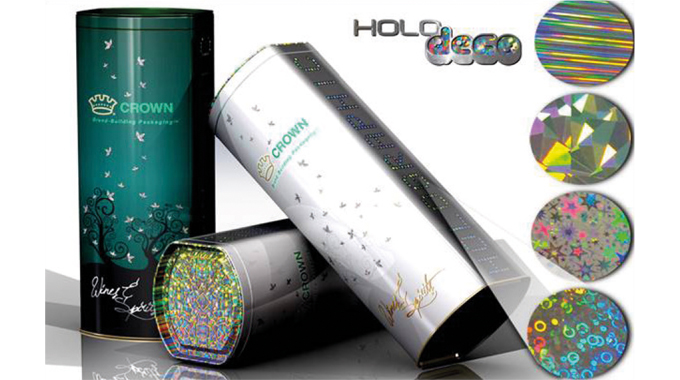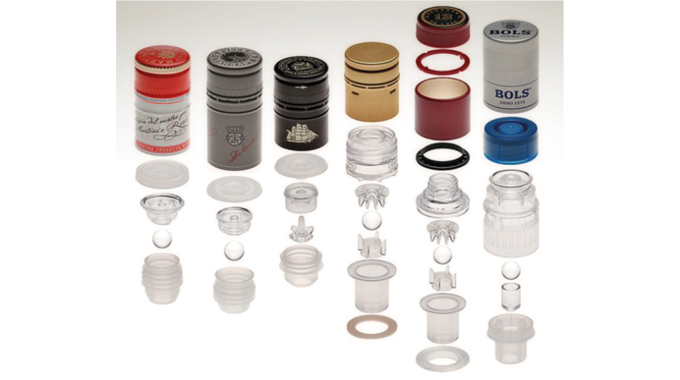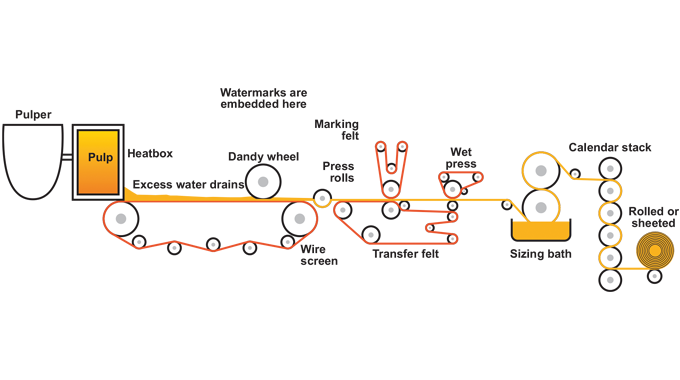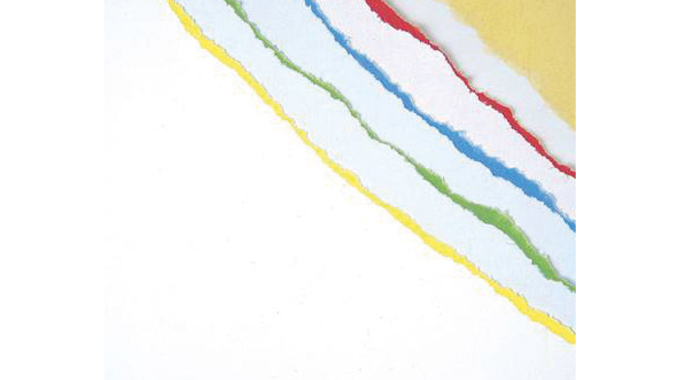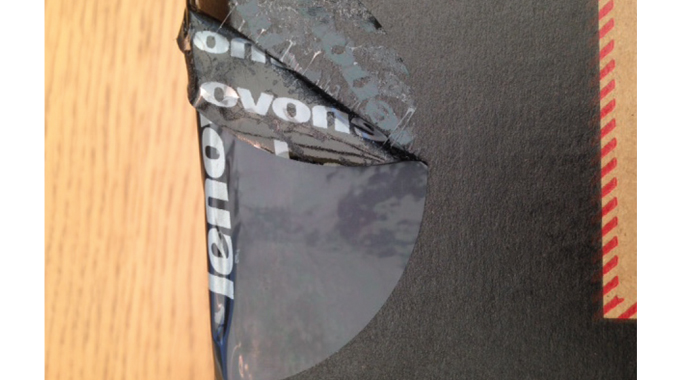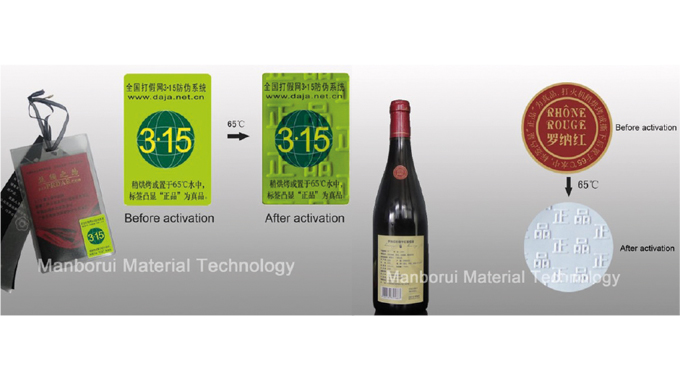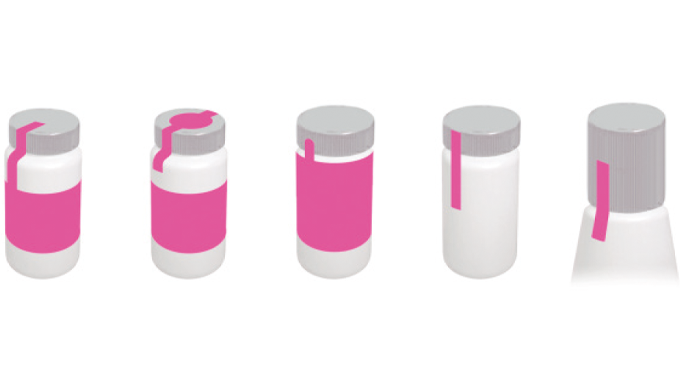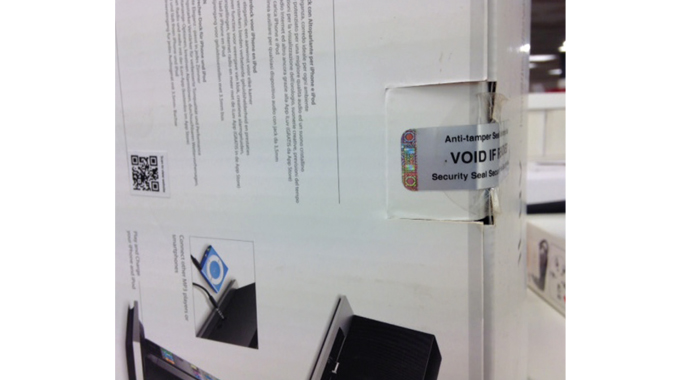The importance of printing substrates in brand security
In the introduction to security and product protection reference was made to the requirement for packaging and labels to protect, contain and inform as well as manage risk on behalf of the brand owner. Since materials such as metals, glass, paper, board, plastic and flexible films are the basis for all materials used in containing and protecting products, it follows that these resources offer an ideal platform on which security features such as tamper evidence and authentication systems may be based.
Such materials are widely available in their basic form for onward conversion in to common forms of wrappings and containers. In order to make these constituents more secure, so that they can act as indicators of provenance, it is necessary to modify them in some way so that they may be easily distinguishable and convey information that can be useful in establishing whether a pack has been opened previously, or the product labeling should be regarded as unauthentic in some way.
Stay up to date
Subscribe to the free Label News newsletter and receive the latest content every week. We'll never share your email address.
